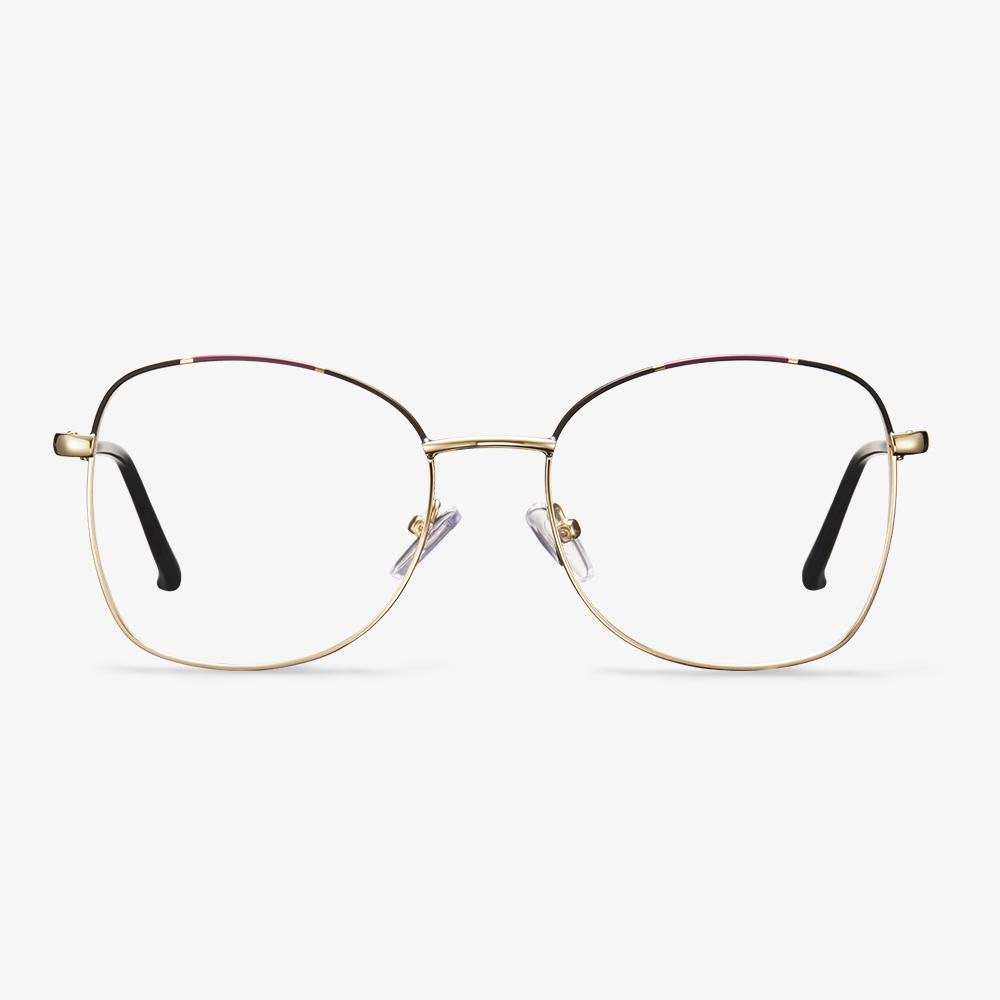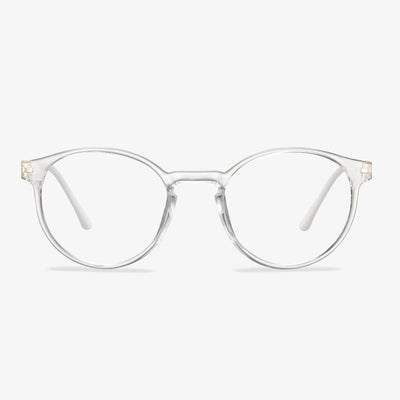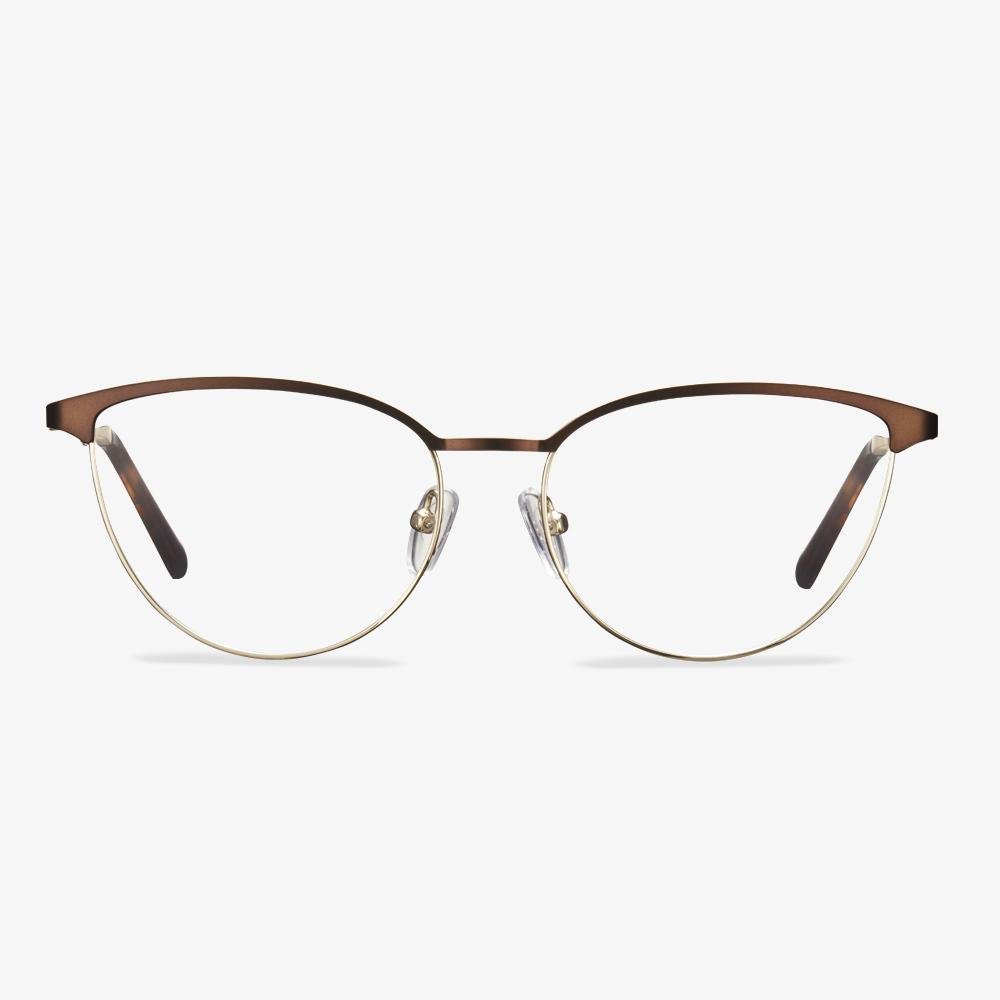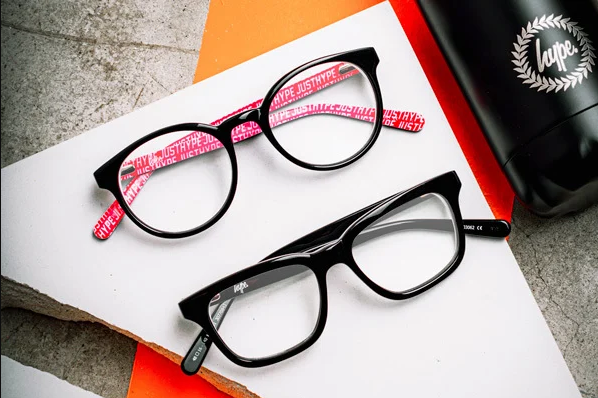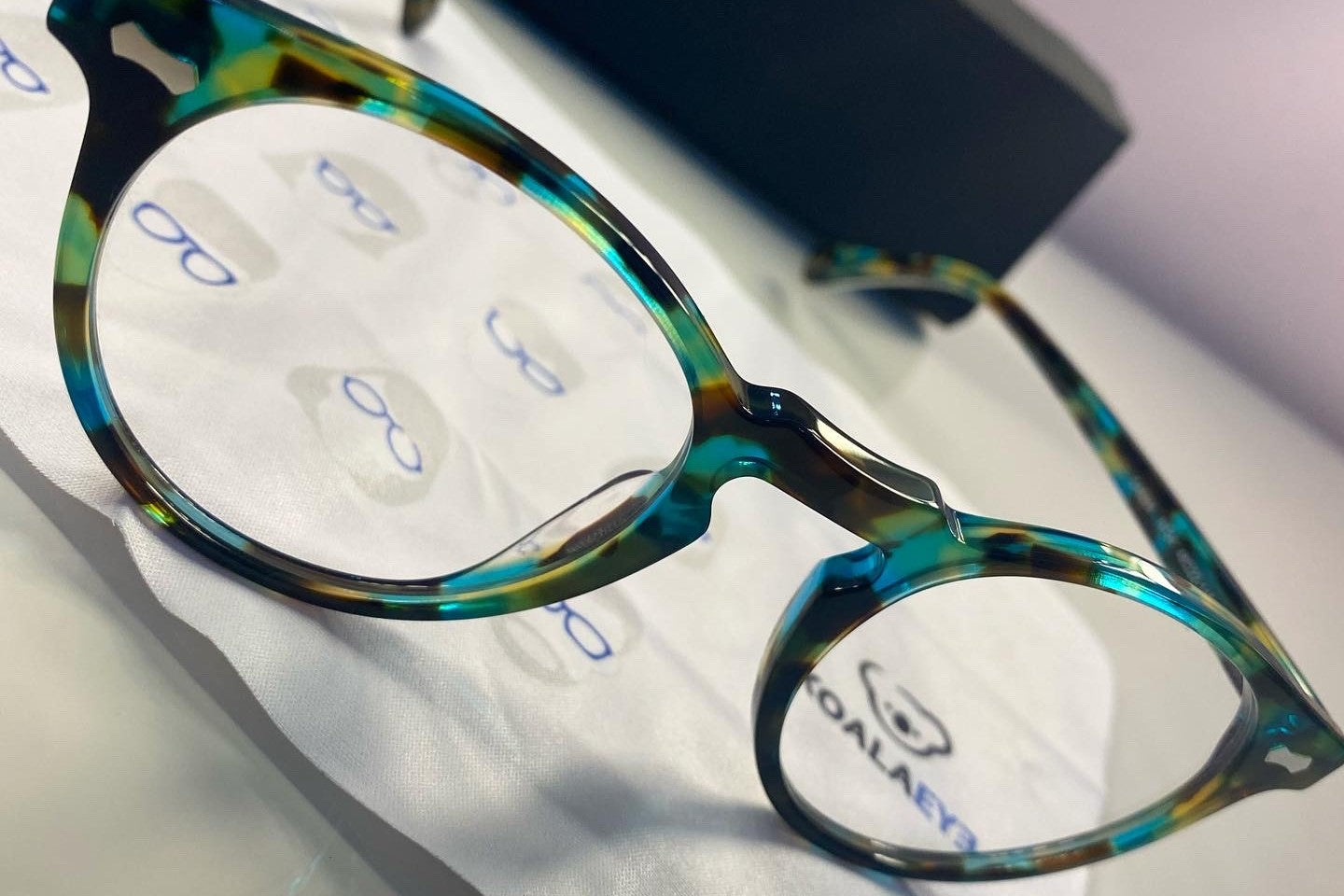What To Do with Old Glasses?
You can also choose to send your old glasses to others. You can ask your friends or ask around your social network to see if someone needs a pair of glasses. Then give them the old glasses.
If your glasses are too broken to be redistributed, do not just throw them out. You can choose to throw your old glasses into the recycle bin and they will be recycled.
If the only reason to give away your old glasses is that they are broken, you can try to repair them. After that, they can be useful.
Apart from memory metal frames, what other frames are the most durable?
Nylon plastic frames are the most durable frames available. It is hypoallergenic and flexible. But they are easier to break than metal frames, and their overall strength is reduced by sunlight and the aging process. Titanium and titanium alloy metals are used to make some of the most durable frames. Their strength can be compared with that of stainless steel, but titanium frames provide more options than stainless steel in terms of texture, pattern, and color.
The characteristics are different.
Cellulose acetate materials have high wear resistance, and hardness and texture are very good. The sunglasses are made of acetate fiber plate with plate cutting and processing. The main materials are plate and plate plus steel sheets. The characteristics of the plate are that they are not heavy. It has a hardness, good gloss, and steel combined to strengthen the firm performance. And they have a beautiful style, not easy to deform and change color, durable. The plated one deduces fashion, easy-to-match clothes, and integrates the thickness of the plate and the texture of the metal, reflecting the personality style.
The chemical name of the CP material is propionic acid fiber, cellulose molecules for the hydroxyl propionic acid in the polymer. It has good weather resistance and low-temperature resistance. The current market of this material is mainly used in glasses, toys, and a variety of shells. It is one of the acrylic resin derivatives. The material is a large sheet and can be dyed in a variety of colors.
What's the difference between optical frames and normal frame?
The optical frame is used in optical products, but decorative glasses and fashion frames are not in this category. Optical glasses require even treatment of lens pressure, so the inner wall should be even and smooth. Optical glasses require high levels of ergonomics, lens angle, and so on. The optical frame material is more consistent with the structure of the human body. It is more comfortable to wear without side effects.
3 Common Problems with Progressive Lenses
Though progressive lenses are popular to correct some eye conditions, there are also some drawbacks. So, in the following section, we will show you some common problems with progressive lenses.
Dizziness: the three different focal lengths of progressive lenses can make people susceptible to dizziness, as well as vertigo. From long to medium to short distance, the lenses offer a gradient of increasing strength. So, it would have trouble in adapting the glasses for the people who are wearing them for the first time. A common mistake is to look out of the wrong focal length, causing their vision to be blurry and lead to an overall feeling of dizziness.
Peripheral distortion: another common problem of progressive lenses is the way in which they blur peripheral vision. Most glasses cause an initial distortion to vision. However, the three different segments found in these lenses can make that distortion feel more prominent than other pairs of eyeglasses. And most people may need two weeks to adjust to progressive lenses.
Depth perception: Since progressive lenses provide three different prescriptions to see objects clearly for different distances, it is important that you need to move your head instead of your eyes when focusing on objects at different distances. Prior to adjusting to this little nuance, progressive lenses can cause depth perception to feel off.
From the above information, you have known some common problems with progressive lenses. So, you may ask how to adjust the progressive lenses. The most popular way is that you need to wear them frequently.
The lenses of prescription glasses
Common materials for lenses include glass, resin, and PC. The glass is fragile and heavy, and few people wear it anymore. PC film is tough and not fragile, but it is not resistant to high temperature and the surface is easily scratched. The most common type of lens on the market today is the resin lens, which is light in weight, hard to break, and reasonable in price. At present, it is generally recommended that you choose resin sheets, and it is recommended that people with ultra-high myopia choose glass sheets.
Generally, lenses can be divided into spherical and aspherical surfaces according to different curvature designs. When choosing, refer to the degree of the eye. For people with lower degrees, There are fewer differences between the two shapes. For people with moderate to high myopia, aspherical lenses will have better imaging effects and clearer vision.
When choosing a lens, a parameter that is often mentioned is the refractive index. Common refractive indexes are 1.56, 1.60, 1.67, and 1.74. With the same degree, the higher the refractive index, the thinner the lens.
The Disadvantages of Aspheric Lenses
Here, we will show some disadvantages of aspheric lenses.
The aspheric lens has a relatively small light area. When the eyeball rotates around, it will blur a little when looking at the outside through lens edge. In other words, the visual range of the line of sight becomes smaller.
Human’s eyeball is spherical and the eyeball rotates to the edge. Through aspheric lenses, the objects near the eye appear protruding.

















